8.5.2025 | 00:28
Gęti gosiš į Reykjanesi breišst śt?
Athyglisvert vištal var viš Magnśs Tuma Gušmundsson ķ mogganum ķ gęr sem męla mį meš aš lesa en hann telur aš lķklegast séu 100-150 įr séu ķ aš nęsti hluti Reykjanesskagans fari ķ gang. Fęrslan sem oršin er er žegar komin ķ įkvešiš hįmark og sundhnśkasprungan geti ekki lengst mikiš meira til noršurs, žar sem žį er komiš śt fyrir flekamótin og meš žvķ minnki lķkur į gosi.
Hann nefnir žó aš ekki sé hęgt aš śtiloka aš virknin fęrist į Reykjanestį en telur žó aš lķkurnar séu ekki miklar.
Fór ķ smį könnun į žessu, meš aš skoša söguleg gos og hvernig žau hafa žróast gegnum tķšna.
Söguleg gos
Tók saman upplżsingar frį Wikipedia, jaršfręšikortum Ķsor og żmsum sögulegum heimildum til aš meta fjölda og stašsetningu sögulegra gosa į Reykjanesskaga. Myndin sem žį blasir viš er mjög įhugaverš.
Reykjanestį/reykjaneshryggur eru įberandi virkasti hluti Reykjanesskagans og eldgos viršast aš jafnaši verša žar žegar gżs annars stašar. Eldgos žar var meira aš segja fyrirboši Skaftįrelda, mestu hamfara Ķslandssögunnar. Sķšast žegar Eldvörp/Svartsengis-eldstöšin var virk uršu 7 gos ķ Reykjanes/Reykjaneshrygg stöšinni.
Mišaš viš žetta veršur ekki betur séš en aš eldgos į Reykjanestį eša ķ hafinu žar fyrir utan sé mjög lķklegt į nęstu įrum eša jafnvel ķ įr.
Eins er ekki hęgt aš śtiloka aš virkni fęrist ķ krżsuvķk, žótt sögulega sé žaš mun ólķklegra.
Stękkun nśverandi sprunga
Annar möguleiki er aš nśverandi sprungur vaxi. Samkvęmt Magnśsi Tuma er sprungan frį Svartsengis-kerfinu lķklega komin aš enda. En žį žarf aš taka tillit til žess aš Fagradalskerfiš er žegar vaknaš, og žegar jaršskjalftaorka sem losnaš hefur sķšan 2015 er skošuš sést aš mest orkan losnaši ķ fagradalsfjalls eldfjallakerfinu. Mišaš viš žaš sem žar hefur gengiš į veršur ekki betur séš en aš žetta kerfi gęti vel vaxiš ķ noršur og fariš aftur aš gjósa. Frį žvķ ķ sķšasta gosi hafa veriš nokkrir skjįlftar nyrst ķ žessu kerfi.
Skįlftavirkni nęstu eldstöšvakerfa
Frį sķšasta gos hefur veruleg skjįlftavirkni veriš ķ bįšum ašliggjandi eldstöšvunum sem ekki hafa enn gosiš: Krżsuvķk og Reykjanes/Reykjaneshryggur. Skjįlftavirknin viršist žannig gefa vķsbendingu um aš bįšar stöšvarnar gętu lįtiš ķ sér heyra. Sögulega er Reykjanesiš lķklegra til aš fara af staš, en mišaš viš virknin viršist žó ašeins meiri ķ krżsuvķk.
Žessi stuttu gegnumferš į gögnunum viršist žvķ gefa nokkuš öndverša nišurstöšu mišaš vištališ. Žó aš vel megi vera aš Magnśs hafi rétt fyrir sér, žį er allveg full įstęša viršist žvķ vera fyrir yfirvöld aš vera viš öllu bśin ef illa fer.
English:
Could the eruption on Reykjanes spread to nearby systems?
A noteworthy interview with Magnśs Tumi Gušmundsson appeared in Morgunblašiš yesterday, which is recommended reading. He believes it is likely that 100–150 years will pass before the next part of the Reykjanes Peninsula becomes active. The current fissure system has already reached a certain peak, and the Sundhnśkur fissure cannot extend much further north, as it would then move beyond the tectonic plate boundaries, reducing the likelihood of an eruption.
However, he mentions that it cannot be ruled out that activity could shift to Reykjanestį, though he considers the chances of this to be low.
I did a little research on this, looking at historical eruptions and how they have evolved over time.
Historical Eruptions
I compiled information from Wikipedia, geological maps from ĶSOR, and various historical sources to assess the number and locations of historical eruptions on the Reykjanes Peninsula. The picture that emerges is very interesting.
Reykjanestį/Reykjanes Ridge is notably the most active part of the Reykjanes Peninsula, and eruptions there tend to occur when eruptions happen elsewhere. An eruption there was even a precursor to the Skaftįreldar, the greatest disaster in Icelandic history. The last time the Eldvörp/Svartsengi volcanic system was active, seven eruptions occurred in the Reykjanes/Reykjanes Ridge system.
Based on this, it seems very likely that an eruption at Reykjanestį or in the sea offshore will occur in the coming years or even this year.
It also cannot be ruled out that activity could shift to Krżsuvķk, although historically, this is much less likely.
Expansion of the Current Fissure
Another possibility is that the current fissures could grow. According to Magnśs Tumi, the fissure from the Svartsengi system has likely reached its end. However, it must be considered that the Fagradalsfjall system is already active, and when looking at the seismic energy released since 2015, it is clear that the most energy was released in the Fagradalsfjall volcanic system. Based on what has been happening there, it seems likely that this system could expand northward and erupt again. Since the last eruption, there have been several earthquakes in the northernmost part of this system.
Seismic Activity in Nearby Volcanic Systems
Since the last eruption, significant seismic activity has been observed in both adjacent volcanic systems that have not yet erupted: Krżsuvķk and Reykjanes/Reykjanes Ridge. The seismic activity seems to indicate that both systems could become active. Historically, Reykjanes is more likely to erupt, but based on current activity, Krżsuvķk appears slightly more active.
This brief review of the data seems to yield an opposite conclusion to the interview. There is therefore every reason for authorities to be prepared for that scenario.
Um bloggiš
Jóhannes Loftsson
Fęrsluflokkar
Bloggvinir
Heimsóknir
Flettingar
- Ķ dag (15.8.): 1217
- Sl. sólarhring: 1269
- Sl. viku: 6174
- Frį upphafi: 87163
Annaš
- Innlit ķ dag: 1088
- Innlit sl. viku: 5567
- Gestir ķ dag: 1062
- IP-tölur ķ dag: 1008
Uppfęrt į 3 mķn. fresti.
Skżringar
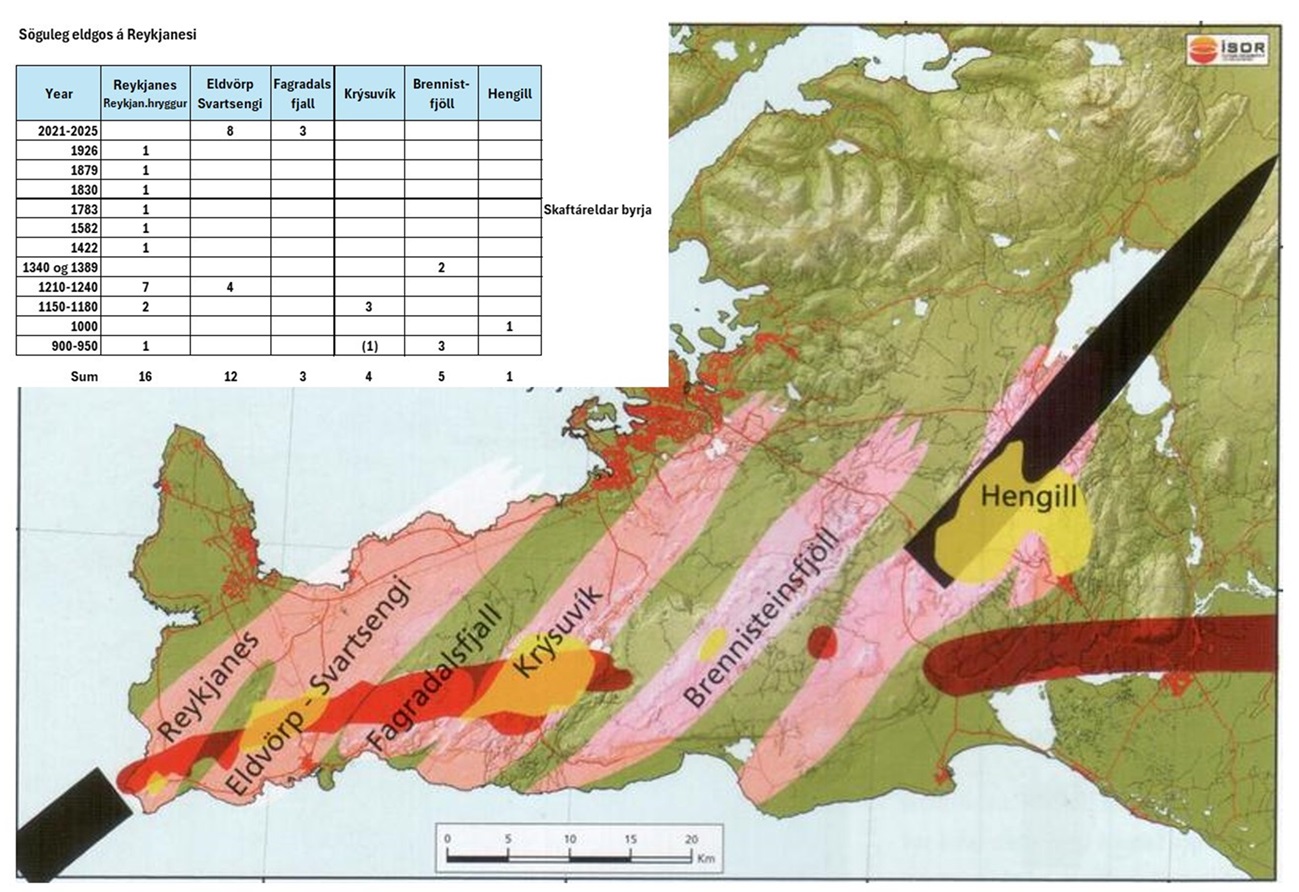



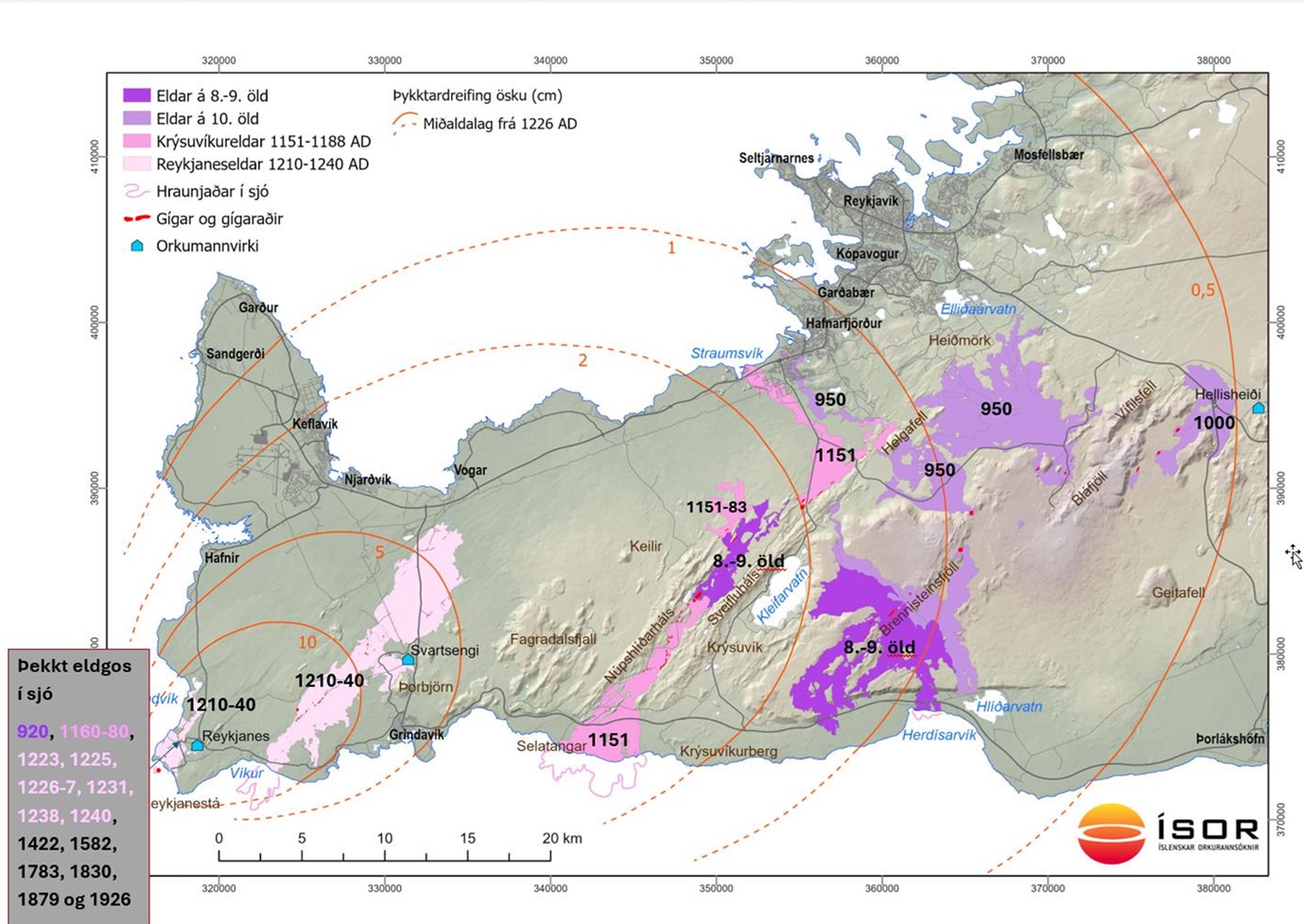
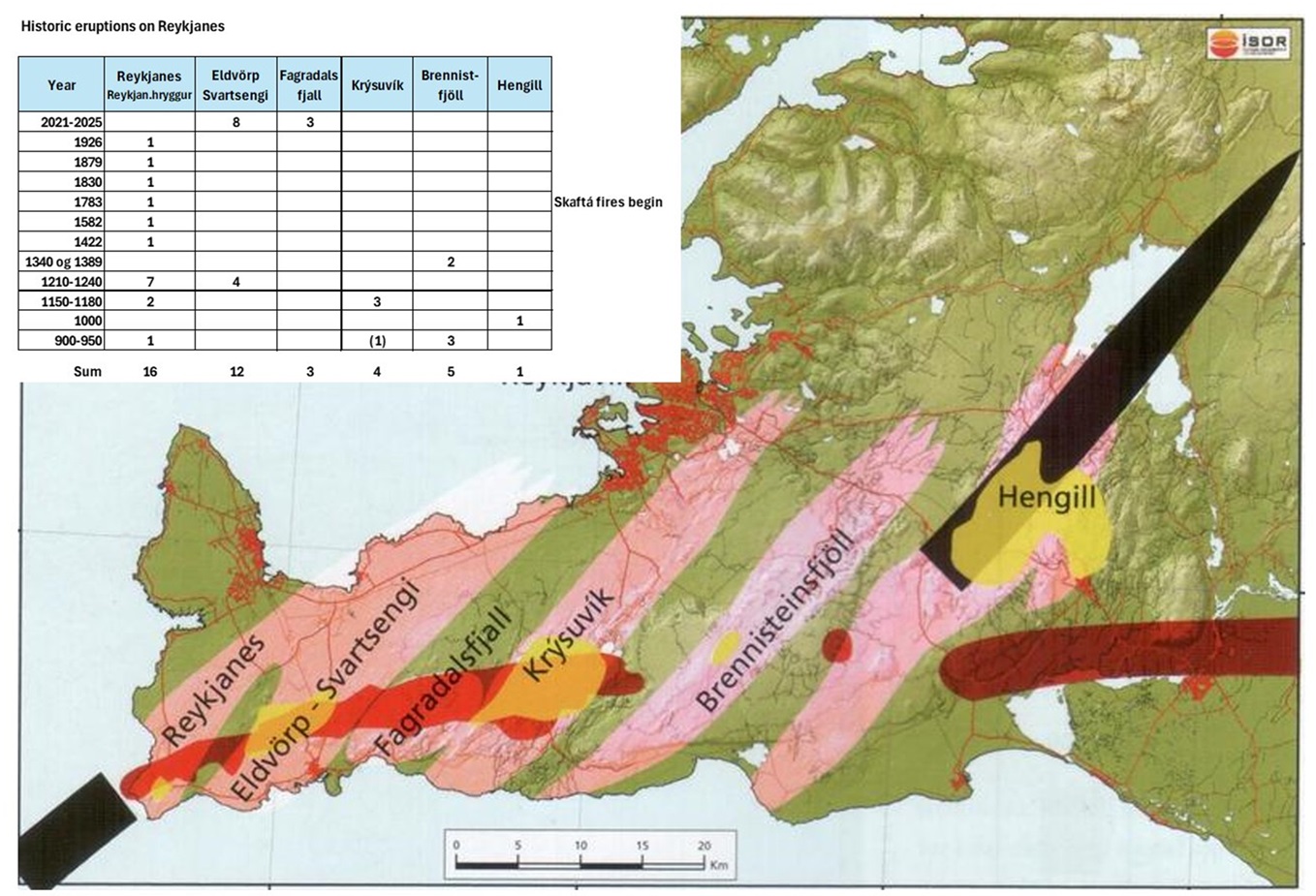



 contact
contact
 omargeirsson
omargeirsson
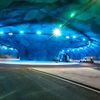
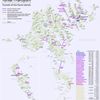
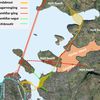
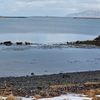
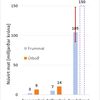
Bęta viš athugasemd [Innskrįning]
Ekki er lengur hęgt aš skrifa athugasemdir viš fęrsluna, žar sem tķmamörk į athugasemdir eru lišin.